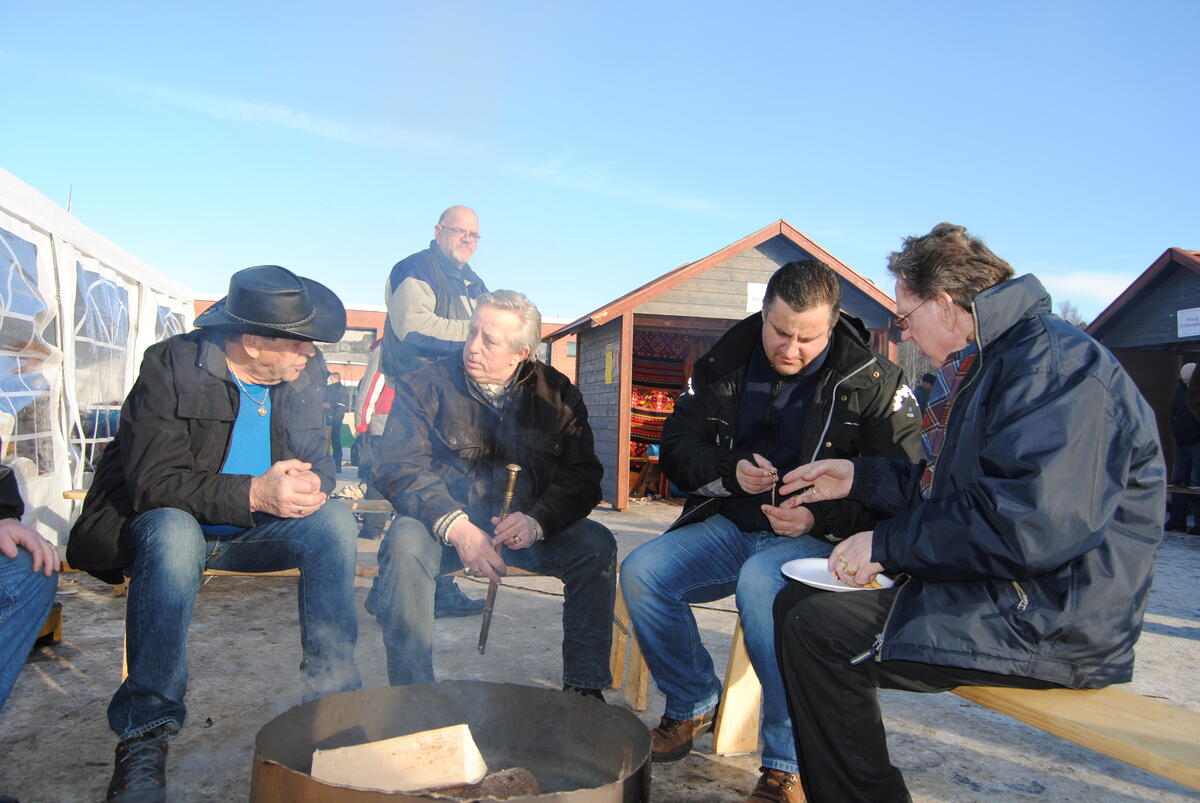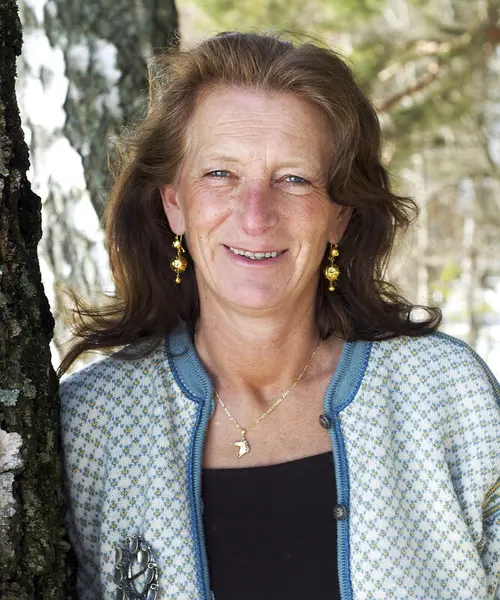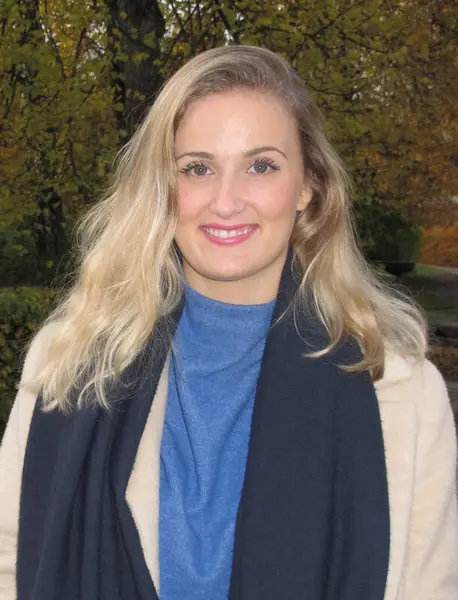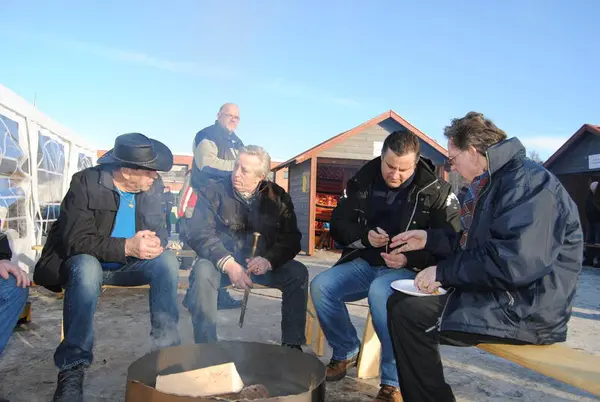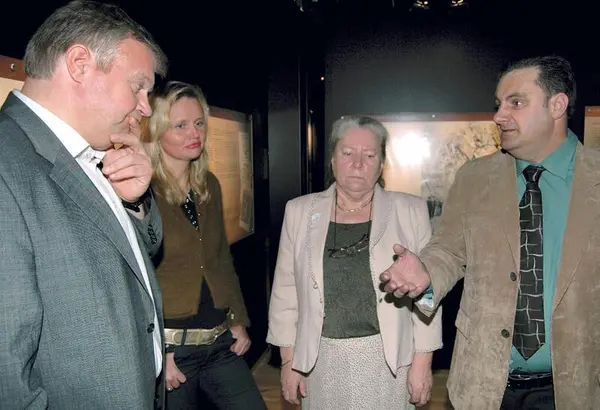On 1 February 1995, Norway and 21 other countries signed the Council of Europe’s Framework Convention for the Protection of National Minorities. The convention is an international convention and trumps national legislation.
This law is the first legally binding, multilateral agreement for the universal protection of national minorities. The convention became legally binding in Norway in 1999. An advisory committee supervises the government’s implementation of the Framework Convention on behalf of the Council of Europe.
The convention established that national minorities shall be protected from arbitrary and capricious discrimination, and that they shall be given a reasonable opportunity to preserve their culture and their language. Forced assimilation is prohibited under the convention.
At the same time, it is important to stress that the minorities are part of a wider community, where one set of rules applies to all. In terms of national legislation, there are no laws that specifically protect national minorities in Norway. When Norway’s National Constitution (Grunnloven) was revised in 2011, mention of national minorities was avoided. Only the Samis, who are indigenous people, are granted special rights in the Constitution.
The following paragraphs in the Framework Convention may be considered central. They were referred to in the Official Norwegian Report 2015:7 (page 35):
- Article 4: emphasises equality and non-discrimination.
- Article 5: requires respect for a people’s own right to promote and further develop its own culture.
- Article 6: promotes tolerance and speaks up against hatred and discrimination.
- Article 12: upholds rights that include education and schooling.
- Article 15: upholds the right to effective participation in public, economic, social and cultural life.
The convention stresses the importance of respect for the ethnic, cultural, linguistic and religious identities of the national minorities, as well as the importance of providing opportunities for these individuals to be able to express, maintain and develop their own identity.
The convention stipulates that individuals belonging to a national minority shall have equal opportunities in society, while they shall also have the opportunity to preserve and further develop their own culture. This is called pluralistic integration. National minorities shall be a part of society at large, and there shall be no establishment of “parallel societies” where they live separate lives. The convention also states that individuals who belong to a national minority shall be able to participate actively in all aspects of social life and particularly in decision-making processes that affect them specifically. This right (Article 15) is especially relevant to the Anno Glomdal Museum’s cooperation with the Tater/Romani people’s organisations.
